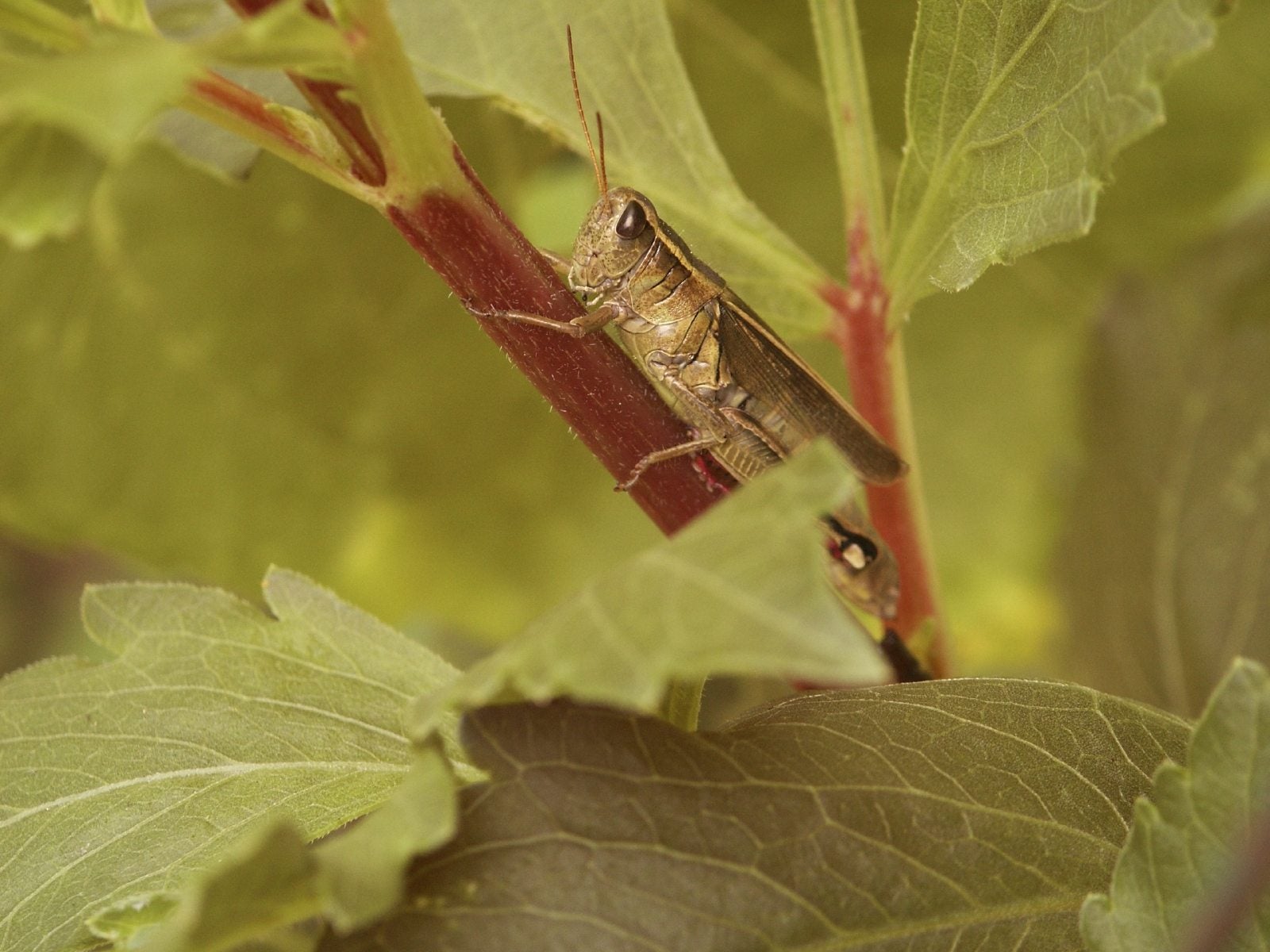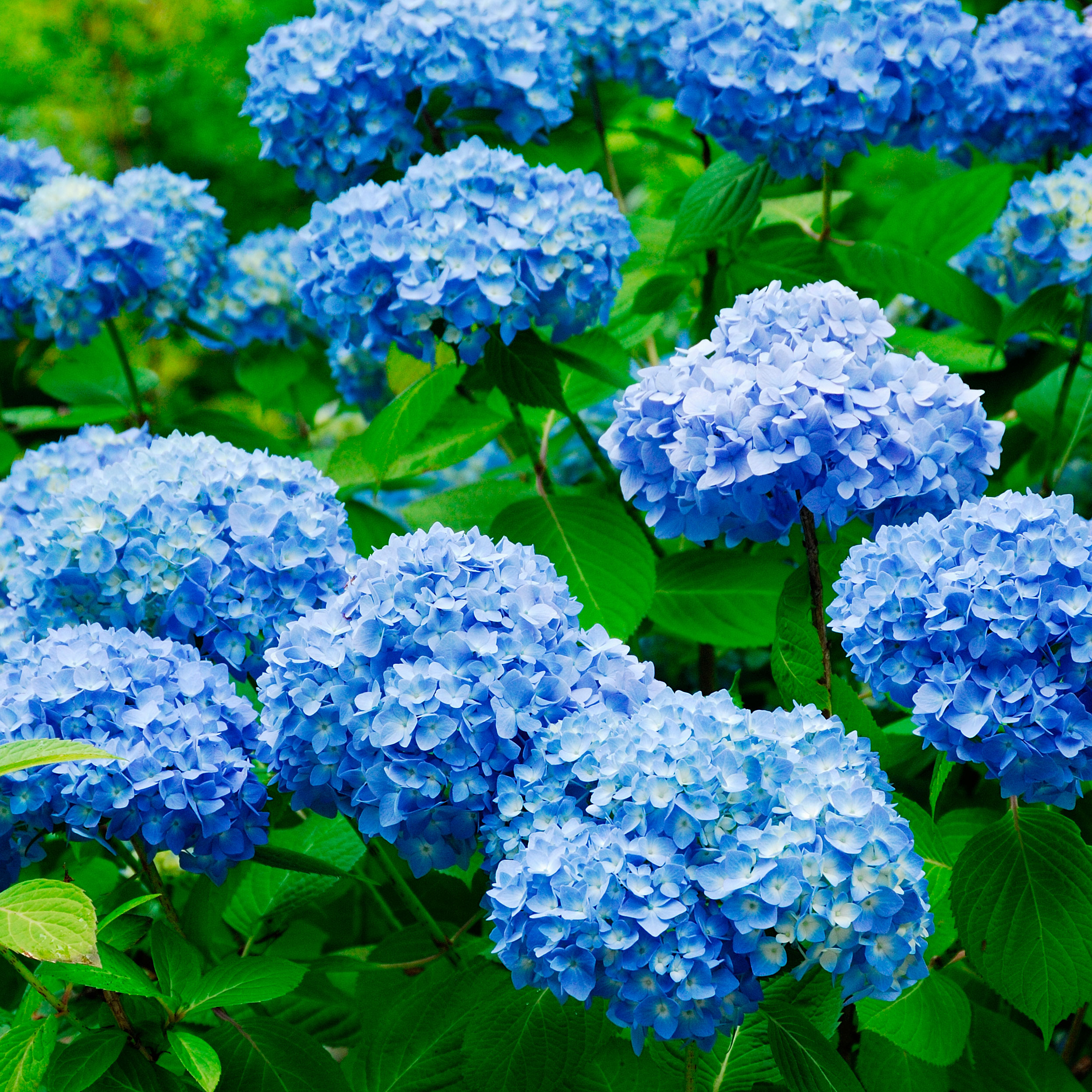Bugs On Dahlia Plants: How To Get Rid Of Insects That Like Dahlias


Dahlias are stunningly beautiful, relatively easy plants that produce clusters of luscious blooms from early summer through late fall, but discovering dahlia insect pests on your prized plants is a frustrating, disheartening experience. Read on to learn about insects that like dahlias, and about treating pests that affect dahlias.
Bugs Eating My Dahlias!
Below are the most common insect pests affecting dahlia plants in the garden:
- Thrips – Slender pests with fringed wings, Thrips damage plants by puncturing the leaves and sucking out the juices. Although thrips rarely kill dahlias, they can affect the appearance by causing stippled leaves, leaf drop and stunted growth. Pesticides aren’t usually helpful because the pests move from plant to plant so quickly.
- Spider mites – About the size of a tiny speck of sand, tiny spider mites are difficult to see with the naked eye. You can locate the pests with a magnifying glass, but a magnifying glass usually isn’t necessary because you will notice telltale strands of thin webbing on the leaves. Spider mites are often more apparent during dry, dusty weather.
- Snails and Slugs – Slugs and snails are capable of doing tremendous damage to dahlias and other plants. However, they are easy to spot; they chew large holes in leaves, and they leave slimy, mucous tracks wherever they go.
- Caterpillars – (the larval stages of moths and butterflies) Caterpillars leave no slime, but like slugs, they chew holes in the leaves. They often roll themselves up in leaves, and rolled, curled foliage is a dead giveaway that caterpillars have been feasting on your dahlias.
- Earwigs – Small, brown bugs with evil-looking pincers, earwigs aren’t as intimidating as they look. These dahlia insect pests are active during the nighttime hours and tend to remain hidden during the day. Keep in mind that pesticides are ill-advised. Although earwigs aren’t pretty, they do a good job at keeping aphids and other more harmful pests under control. Trap them with a rolled up newspaper or a short length of old garden hose.
- Grasshoppers - While not a major pest of dahlia, grasshoppers do occasionally feed on the plant's leaves. Using nosema locustae is a safe way to get rid of these insects.
Treating Pests that Affect Dahlias
Proper plant care is the best line of defense against dahlia insect pests, as healthy dahlia plants are more pest-resistant. Water properly and apply fertilizer carefully according to label directions. Keep dahlia beds clear of leaves and other plant debris, which provide hiding places for slugs, snails, earwigs, and other pests. Similarly, limit mulch depth to no more than 3 inches (8 cm.), especially if you notice silvery slug and snail trails. Keep weeds pulled in the area around your dahlias. Prune any damaged plant parts. Large pests like slugs and caterpillars are easy to remove by hand. Remove the pests and drop them in a bucket of soapy water. Evenings or early mornings are the best times for this task, when slugs and caterpillars are more active. Grab a flashlight and be sure to wear gloves to protect your hands. In some cases, wood ashes and diatomaceous earth create scratchy barriers that keep slugs at bay. If caterpillars remain a major problem, consider using Bacillius thuringenesis (Bt), a natural bacteria. When caterpillars eat the bacteria, the toxins give the pests a deadly tummy ache. (Keep in mind that although caterpillars and slugs have similarities, they are very different pests. Bt won’t help alleviate a slug problem, and wood ashes and diatomaceous earth are unlikely to discourage caterpillars.) Avoid pesticides, which are dangerous for bees and other beneficial insects. Many pests, including spider mites, aphids, and thrips are easily treated with an insecticidal soap spray. Reapply every week to ten days if you continue to notice pests on your dahlias. Seek out safe alternatives, such as chemical-free slug pellets. Consider ways to attract birds, frogs, and toads to your yard. They’ll do a great job at keeping caterpillars, slugs, and other pests in check.
Gardening tips, videos, info and more delivered right to your inbox!
Sign up for the Gardening Know How newsletter today and receive a free copy of our e-book "How to Grow Delicious Tomatoes".

A Credentialed Garden Writer, Mary H. Dyer was with Gardening Know How in the very beginning, publishing articles as early as 2007.
-
 Best Blue Hydrangeas: Stunning Blue Hydrangea Varieties For A Sapphire-Studded Garden
Best Blue Hydrangeas: Stunning Blue Hydrangea Varieties For A Sapphire-Studded GardenWhether you’re a mophead or a lacecap lover, blue hydrangea varieties present breathtaking profusions of cool, lush floral displays. Here are 5 of the best to try
-
 8 Noteworthy Native Azaleas Every Gardener Should Know – And Grow!
8 Noteworthy Native Azaleas Every Gardener Should Know – And Grow!Native azaleas offer brilliant blooms in a range of colors and sizes. Here are a few favorites to get inspired and start working on a native shade garden!